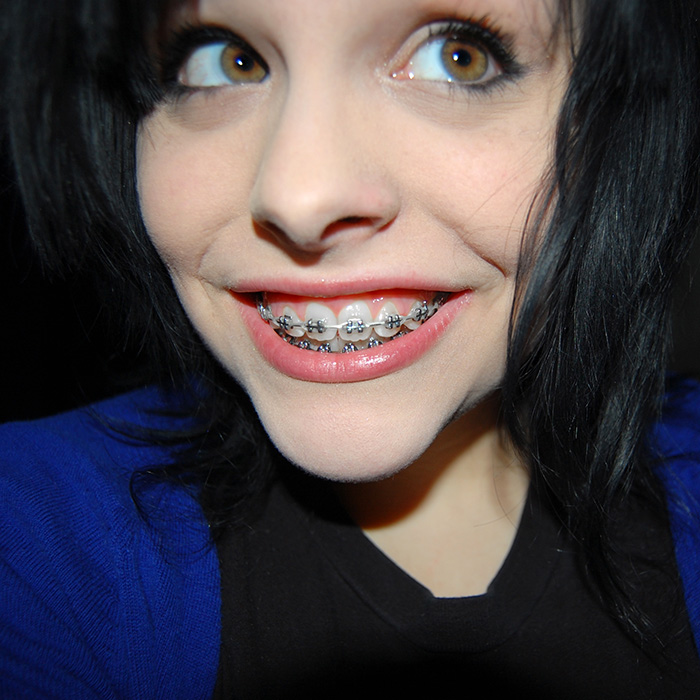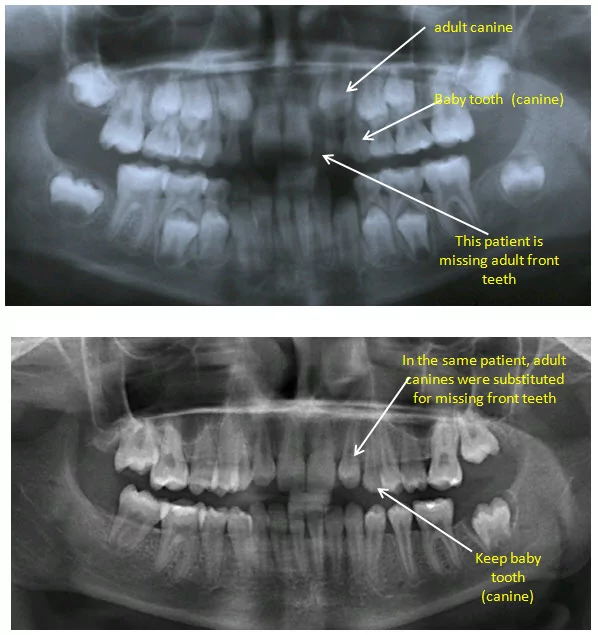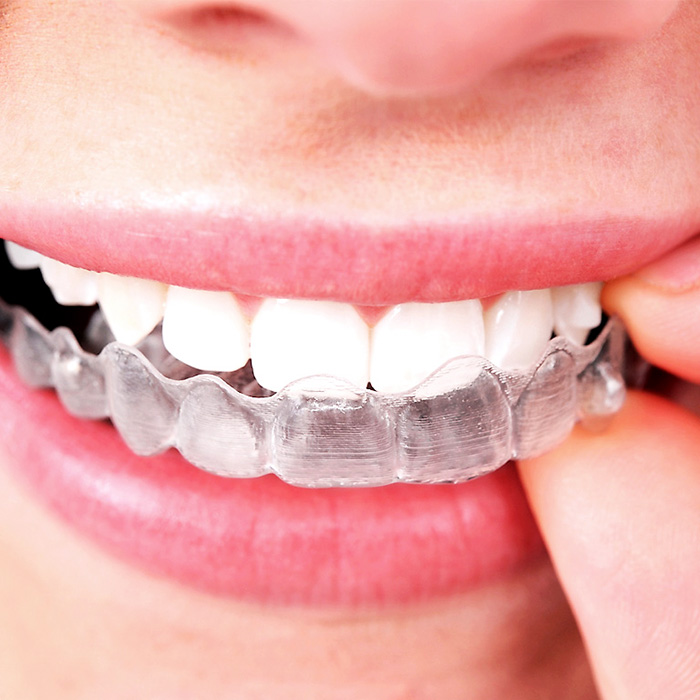MOST PEOPLE GRIND OR CLENCH their teeth briefly when annoyed or in a tense situation. That level of teeth-grinding isn’t really something to worry about. It’s when you do it far more frequently, often without even realizing it (you might even do it in your sleep!), that it can potentially become a serious problem. The medical term for this kind of teeth-grinding is bruxism. Bruxism: What and Why The main causes of bruxism is stress and an imperfect bite. Symptoms of Bruxism: Frequent headaches from all the strain Enlargement in your jaw muscles (because you’re giving them quite the workout!) Shifting teeth Flattened chewing surfaces of teeth Exposed dentin and increased tooth sensitivity Chipped/cracked/split teeth Tooth loss Your Next Steps Depending on which type of bruxism you have, there are a variety of treatments or approaches to either reduce the grinding or the damage it causes. Relaxation Particularly for stress-related bruxism, relaxation techniques such…
collegeville braces
Why See An Orthodontist?

Did you know that an orthodontist must become a dentist FIRST? All orthodontist are dentists, but not all dentists are orthodontists. Extra training and education that makes an orthodontist qualified to safely and effectively adjust a patient’s dental alignment, which is why it’s so important to choose an orthodontist to straighten your smile. This is especially true with Invisalign treatment where the diagnosis needs to be thorough and complete to set up a great treatment sequence! We have treated over 1,500 patients with Invisalign and we are committed to excellence to optimize your smile and dental health! Trust your team at Dr. McSurdy’s office Dr. David W. McSurdy graduated from Perkiomen Valley High School and then went to receive his Bachelor of Science degree from Lafayette College. He completed his dental training at Temple University School of Dentistry and continued on for his specialized training in orthodontics at Fairleigh Dickinson…
Congenitally Missing Teeth – Dental Substitution

If your dentist informs you that your child has congenitally missing teeth, it is important to have an orthodontic consultation as soon as possible. This is especially true if there are missing front teeth. Why Should You Seek Orthodontic Assistance for Cogenitally Missing Teeth? Why is this so important? Often, orthodontically, we can substitute primary teeth into missing permanent teeth positions. Also, often we can move permanent canines into the missing incisor positions. In this manner, we can prevent your child from having noticeably missing tooth spaces, and we can help to normalize the emergence pattern of the permanent teeth. Getting Orthodontic Treatment For Your Teenager If your child is already a teenager, then orthodontically we idealize missing tooth spaces so that an appropriately ideally sized prosthodontic tooth can be placed by your dentist. In this way it is virtually undetectable that a missing tooth situation exists. An orthodontic consultation…
How Orthodontic Patients Can Avoid a Sticky Situation this Halloween
Five orthodontic-friendly recommendations from McSURDY Orthodontists October is National Orthodontic Health Month. And each October, thousands of kids have one thing on their mind: Halloween candy! For orthodontists, the Halloween season is all about helping patients avoid potentially sticky situations. October is the perfect time of year to learn about orthodontic health and how an orthodontist helps patients achieve beautiful, healthy smiles. Besides, everyone knows that Halloween candy can give any orthodontist a scare! Here are five timely tips to help protect braces, aligners and other orthodontic “appliances” while protecting teeth from decay. Let sticky foods RIP. If it’s hard, sticky, chewy or crunchy, stay away! Avoid caramel, taffy, bubblegum, licorice, gummies or any snack that can damage brackets or wires. Also, be sure to say “boo” to hard-shelled peanut candies, nuts or nut-filled candies, taco chips and popcorn (especially un-popped kernels). Choose “spooktacularly” soft foods. Opt for soft chocolates, peppermint…
Maintaining Your Post-Invisible Aligner Smile

Invisible aligners have become an attractive alternative to braces in recent years. Being able to get all the benefits of braces with such a low-profile appliance that can be removed for brushing, flossing, and eating can make the orthodontic process far more palatable. But what’s next after you’ve progressed through every aligner tray and your teeth are perfectly aligned? What will it take to maintain the smile you’ve always wanted? Wear Retainers As Recommended In some cases, the final invisible aligner tray can be used initially as a full-time retainer and eventually as a nighttime one after the patient’s teeth are correctly aligned. In others, a separate retainer will be recommended, and those tend to be sturdier. No matter what type of retainer you end up with, be sure to follow the care instructions in order to keep it clean and effective as long as possible. The reason it’s important to use retainers after…

